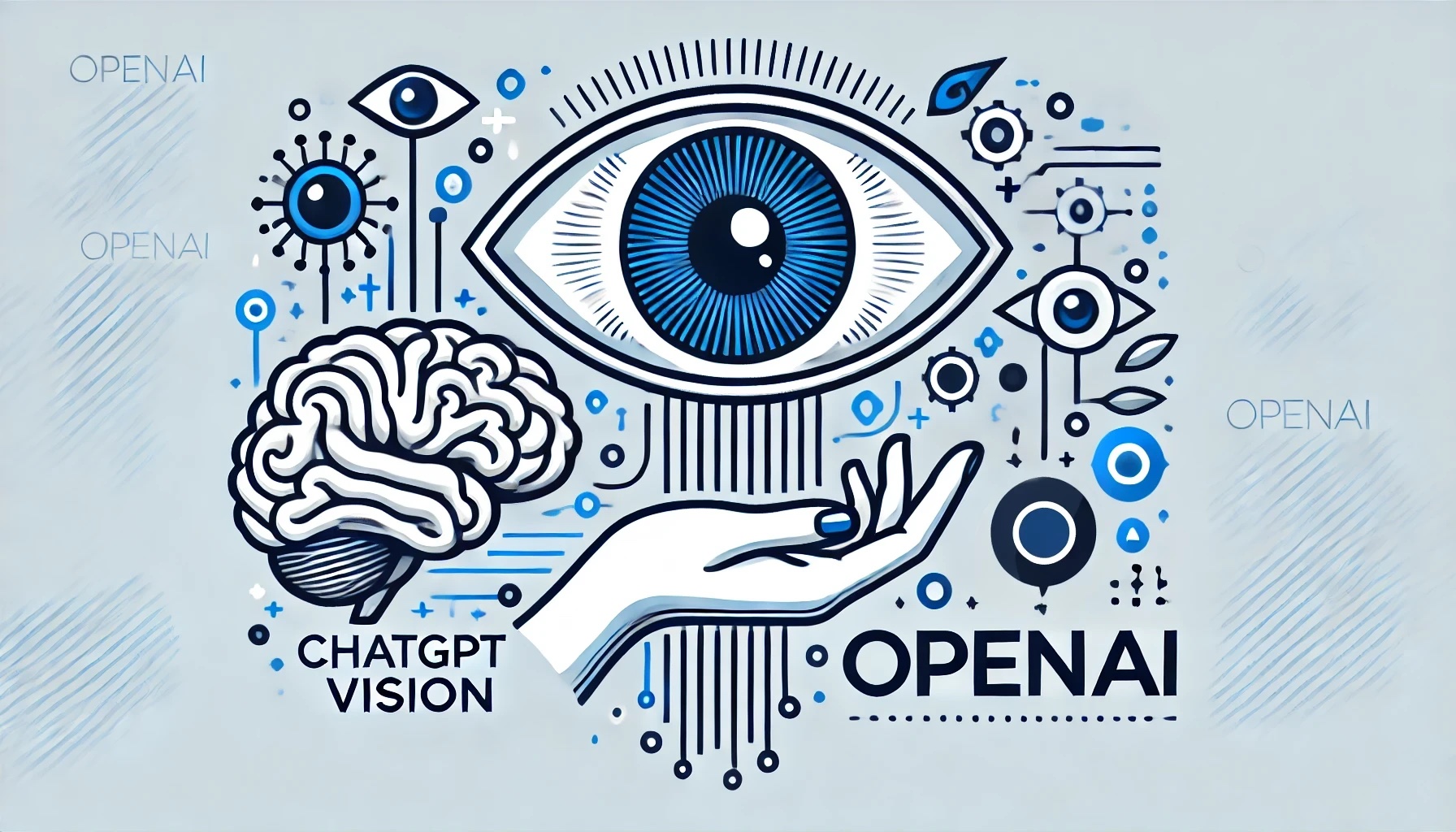From Creative Creations to Future Forecasting: Unraveling the Magic of AI
Artificial intelligence (AI) incorporates numerous types and methods, including generative AI and predictive AI. While both fall under the umbrella of artificial intelligence, they serve distinct purposes and operate in distinct ways. Understanding the distinctions between generative AI vs predictive AI is crucial for maximizing their respective capabilities.
What is Generative AI?

The term generative AI refers to AI systems that produce new content or data. It emphasizes the production of something novel rather than making predictions or categorizing things. The goal of generative AI models is to discover patterns in existing data and generate output that is analogous to the input data. This branch of artificial intelligence enables machines to generate text, imagery, and even music, simulating human creativity.
What is Predictive AI?

In contrast, predictive AI focuses on making predictions or classifications based on data-learned patterns. It leverages machine learning algorithms to analyze historical data, identify patterns, and predict future outcomes. The training of predictive AI models on labeled datasets enables them to make predictions or take decisions based on new, unlabeled data.
Differences Between Generative AI vs Predictive AI
Although generative AI and predictive AI both utilize AI techniques, they differ in their goals, methods, and applications.
Goals:
- Generative AI: The primary objective of generative AI is to generate new content or information similar to the input data.
- Predictive AI: The primary objective of predictive AI is to make accurate predictions or classifications based on previously learned patterns.
Methods:
- Generative AI: Generative AI models learn patterns from training data and use those patterns to generate new content or information.
- Predictive AI: Predictive AI models analyze historical data, identify patterns, and make predictions or classifications based on those patterns.
Applications:
- Generative AI: Generative AI finds applications in areas such as content creation, creative design, natural language understanding, and image generation.
- Predictive AI: Predictive AI finds applications in areas such as sales forecasting, customer segmentation, risk assessment, and recommendation systems.
Sample Tools for Generative AI:
- OpenAI GPT-3.5: A powerful language model that can generate human-like text and assist in tasks such as natural language understanding, chatbots, and content creation.
- DeepArt: An AI-based tool that uses deep learning techniques to generate artistic images based on given input, allowing users to explore creative possibilities.
- Runway ML: An all-in-one platform that offers various generative AI models and tools, enabling users to create interactive experiences, design visuals, and explore the capabilities of generative models.
Sample Tools for Predictive AI:
- Google Cloud AutoML: A machine learning platform that simplifies the process of building and deploying predictive models without extensive coding or data science expertise.
- H2O.ai Driverless AI: An automated machine learning platform that streamlines the predictive modeling process and provides advanced features like automatic feature engineering and model interpretability.
- Microsoft Azure Machine Learning: A cloud-based service that helps build, train, and deploy predictive models at scale, offering a range of tools and frameworks for all stages of the machine learning workflow.
Conclusion
Generative AI and predictive AI are two distinct forms of artificial intelligence, each with its own applications and methodology. Generative AI focuses on creating new content, whereas predictive AI focuses on making correct predictions or classifications. Understanding the contrasts and characteristics of these AI types enables organizations and individuals to harness their potential effectively.
By exploring the capabilities of sample tools for both generative AI and predictive AI, such as OpenAI GPT-3.5 and Google Cloud AutoML, you can gain hands-on experience and unlock the power of AI in your projects.
Now that you have a better grasp of the differences between generative AI and predictive AI, you can make informed decisions on which approach to adopt based on your specific requirements.
We hope this article has provided you with valuable insights into generative AI versus predictive AI and the tools available for each. Feel free to explore further and experiment with the sample tools mentioned to delve deeper into the world of artificial intelligence.
Keep in mind that both generative AI and predictive AI offer intriguing future possibilities and can be utilized to drive innovation and find solutions to complicated issues. Accept the power of AI and look into the possibilities it offers!
Disclaimer: The Author acknowledges that AI technology may have been utilized in generating the content of this site. However, the Author assumes no responsibility or liability for any errors or omissions in the content. The information provided on this site is intended to be informative and helpful, but it is provided on an “as is” basis with no guarantees of completeness, accuracy, usefulness, or timeliness. Visit our website disclaimer page as a reference



